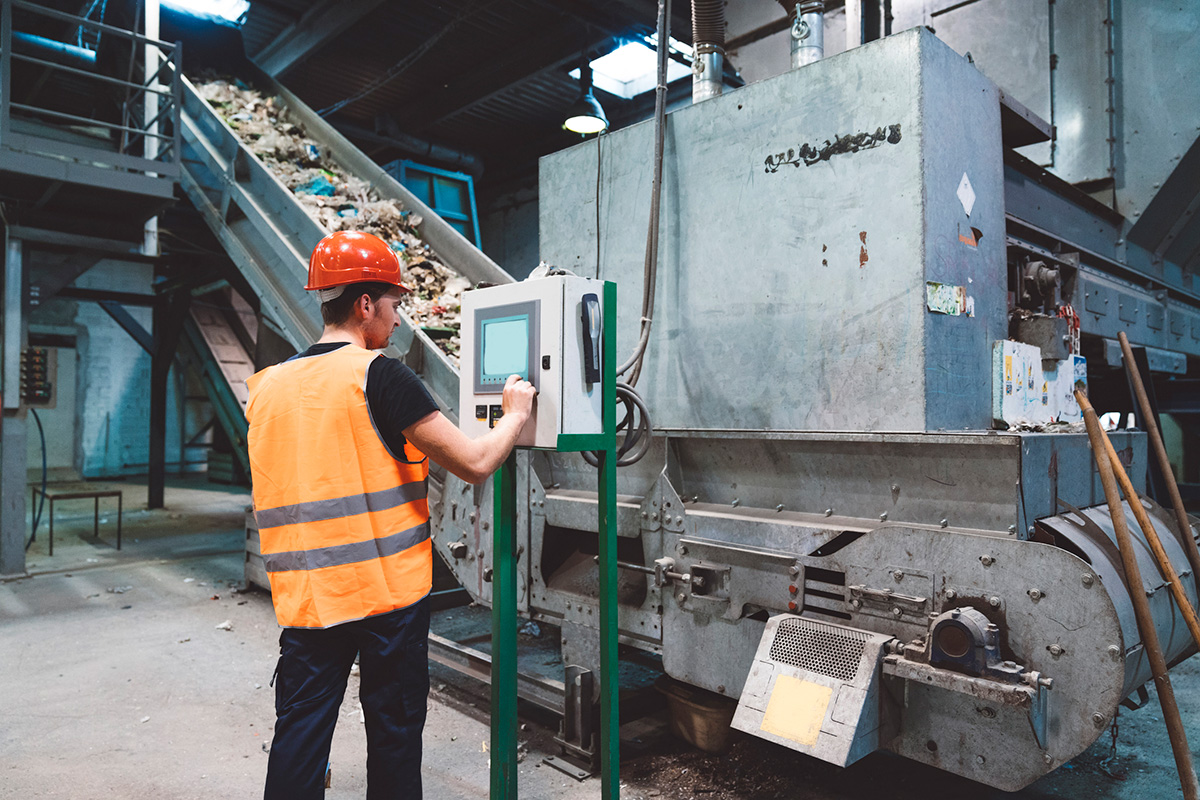Over the last 20 years, success and failure in recycling have often gone hand in hand. There’s money to be made, but loss is interwoven liberally throughout the years. Chemical recyclers, in particular, have faced tough challenges. Brightmark declared bankruptcy, only for its parent company to buy the assets at auction for $14 million—a creative way to lower overhead costs. Eastman is slow-rolling its third line in the U.S., while its first line in France is currently on pause. The pain in chemical recycling stems as much from engineering headaches as it does from market forces. The same can be said for PureCycle and its dissolution process.
Mechanical recyclers struggle to compete with virgin resin. If the only incentive to use recycled resin is cost savings, there will inevitably be lean times. Virgin resin—especially wide-spec grades—regularly drops below the cost of recycling. The magic bullet for mechanical recyclers is to produce a finished product. KW’s paint cans, ADS’s pipes, and Lasko’s fans are examples of success stories.
There’s always money in collection and disposal. Turn off the trash trucks for two weeks, and everyone scrambles to figure out what went wrong and how to fix it. Turn off the recycled content in a trash bag, and maybe one in a thousand people will notice over the course of a year.
The caveat for recyclers is whether a government entity is driving recycling—think EPR. Much like the “Sun Chair” in Independence Hall, we can see half the sun. The question for recycling is the same one Benjamin Franklin posed about the newly formed United States: “Time will tell if the sun is rising or setting.”
